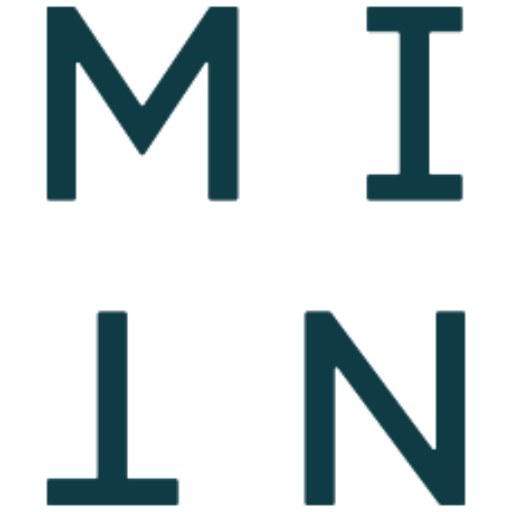- If you are launching a brand-new website for a product or event, your PR brief should include a SEO and SEM component. A PR strategy with an SEO lens will focus on online news stories that include direct links to the website. Not only is this a traffic driver, the credibility of the sources will ensure that the new website is looked up favourably by Google. To complement this, to ensure that you are securing that first spot on Google from the start, you should run an SEM campaign.
- Keywords and phrases are important. They must be consistent across your PR comms, social media and website content for SEO and SEM purposes. When keywords and phrases are repeated, it builds brand recall for when people go online to search. The more repetition, the more likely the consumer is to be searching branded terms, thus reducing the competition in their path to purchase. Non-branded or high-intent search terms are also of importance as it is the repetition of these across all sources (website, social media, media coverage, display banners) that builds trust and authority. One thing to remember: put yourself in the consumers’ shoes and think about what they will be searching, not what you as a marketer would like them to search.
- PR is often used as an awareness tool. If you invest in SEM whilst your PR campaign is live, their forces will be combined to drive better conversion. PR should always be working to the core needs of a campaign. If you are in an awareness building phase, things like print and broadcast coverage are great for reach, but you need to be equipped for what the consumer will search online after seeing/hearing about it. If you have achieved awareness and you want to drive curiosity, online news can be better placed to do this as there is an easier call to action to search for your website. However, once they have hit your website, that is when the SEM campaign takes over to continue to work hard to drive that conversion. Ultimately, traditional measurements such as reach and sentiment still hold value but clicks and conversions are more meaningful.
- In 2018, there are over 3 billion searches PER DAY on Google. There are over 4.15 billion internet users. That’s 54.4% of the world’s population. In 2017 the average person had 3.6 connected devices. It’s easy to see why there is so much more noise and distraction since the days of “traditional” marketing. 15 years ago, it was 4 to 5 touch points on the consumer path to purchase. In 2017 it was reported at a Google Partner Connect Seminar, that it was now 11 to 12. However, it is said that because of the third-party endorsement, media touch points are considered high value and can reduce the number of touchpoints on the path to purchase.
- If you are not across all platforms and your competition is, there’s a good chance you will lose business to them. Imagine your customer is searching for “luxury hotels in Sydney CBD”. They visit three websites, however then go offline to discuss the options with their partner. The following day, the prospect is online reading the news. One out of the three hotels has a live remarketing campaign and their banners pop up and follow them around whilst they read the news. This created an extra touch point and kept their attention. Because of this, they clicked back through to the website and made the booking.
- Conversions are coming from everywhere. Through all of the noise and distractions, it is important to understand where your target audience is coming from. When people are searching online, they are generally already in the buying cycle. If you monitor the conversion paths, you will see that each person’s path will be slightly different. Some will come through paid search then through a referral source and then back to the site from paid search before converting. Others will come from a referral source, then back to the site through display/remarketing before converting. The combinations are limitless! And keep in mind, that there could be 11 or 12 touch points before converting.
- People’s search queries are getting more specific and more urgent. People aren’t just searching for information on big-ticket purchases. Between 2015 and 2017 there was a 300% increase in people searching for “Best Travel Pillow” and a 100% increase in people searching for “Best Toothbrush”. In 2017 there has been more than an 85% increase in searches for “where to buy (product)” as well as 2 x Increase in same day shipping searches, 150% increase in travel searches for “today” and “tonight” and 3 x increase in “open now” searches. Source: Google Data, US, Jan – June 2017 vs. Jan – June 2015.
- 53% of visits are abandoned if a mobile site takes longer than three seconds to load. Considering the average time for a mobile website to fully load is 15 seconds, that is a lot of abandoned visits and potentially lost customers. Further to this, page speed will soon be a ranking factor for organic mobile searches. Check the speed of your mobile site here Source: Google Data, Global, March 2016.
- Voice search is on the rise! Early adopters are smart-phone natives in the 18-24 age group, however by 2020 it is estimated that over 50% of all search queries will be done by voice search. Source: ComScore 2018.This will force us to think about our approach to keywords differently. Right now, we focus on standalone keywords that work together, for example: “luxury hotels in Sydney CBD”. When people are searching by voice, their query will be more like a question with the expectation that the search will provide the answer, for example “what are the best luxury hotels in Sydney?”.
- Integrated is better! At MINT, we are big believers in working with great partners to deliver the best results for our clients.


